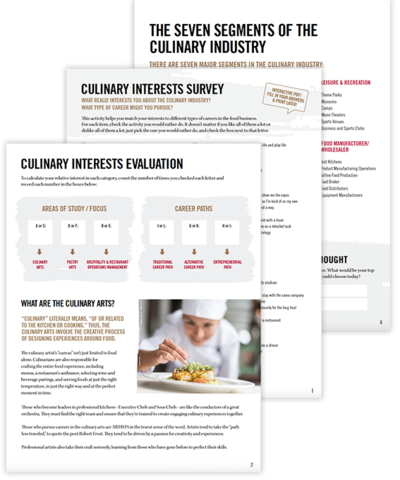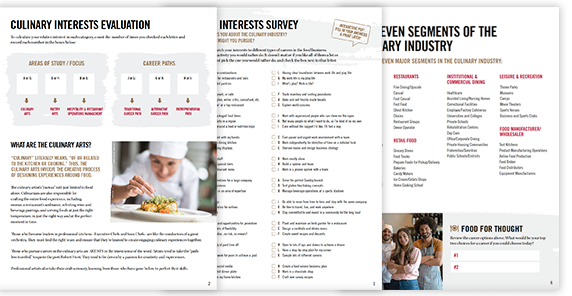How To Use Honey In Your Recipes
With more cooks trying out ingredients like honey as substitutes for sugar in their basic recipes, it should come as no surprise that sessions in the kitchen can often become sticky messes that might not turn out right from time to time.
Although this sweet ingredient certainly gives you a wide range of possibilities for your cooking recipes, it isn’t the easiest item to learn to cook with. To get rid of a lot of headaches and excess clean-up times, follow some of these excellent tips for cooking with honey.
- Honey is super sweet. In fact, many varieties are often twice as sweet as regular sugar. As a general rule of thumb, substitute every cup of sugar for a ½ cup of honey to avoid making baked goods that taste too sweet.
- Honey is hygroscopic, which means that it attracts water and moisture. While cooking with honey, make sure to reduce the amount of liquid that your recipes call for by a ¼ cup for each cup of honey added.
- Reduce your oven’s temperature by 25 degrees Fahrenheit, as honey melts much faster than traditional sugar.
- Using honey for jams, jellies or candies? Make sure to increase the cooking temperature by a few degrees to allow the extra liquid to evaporate.
- Keep in mind that not all types of honey are the same. Depending on the species of flowers that bees use to pollinate, the flavor of your dishes could change dramatically.
- Measuring honey can be tricky – not to mention sticky. To avoid a mess and uneven measurements, dip your measuring spoon in very hot water before pouring in the honey. Make sure not to dry off the spoon before getting started, since the hot water keeps the honey from becoming too sticky.
If you like this post, please be sure to check out the following!
How To Make Easy, Healthy Fruit Dip
How To Cook Honey Glazed Carrots





Recent Comments